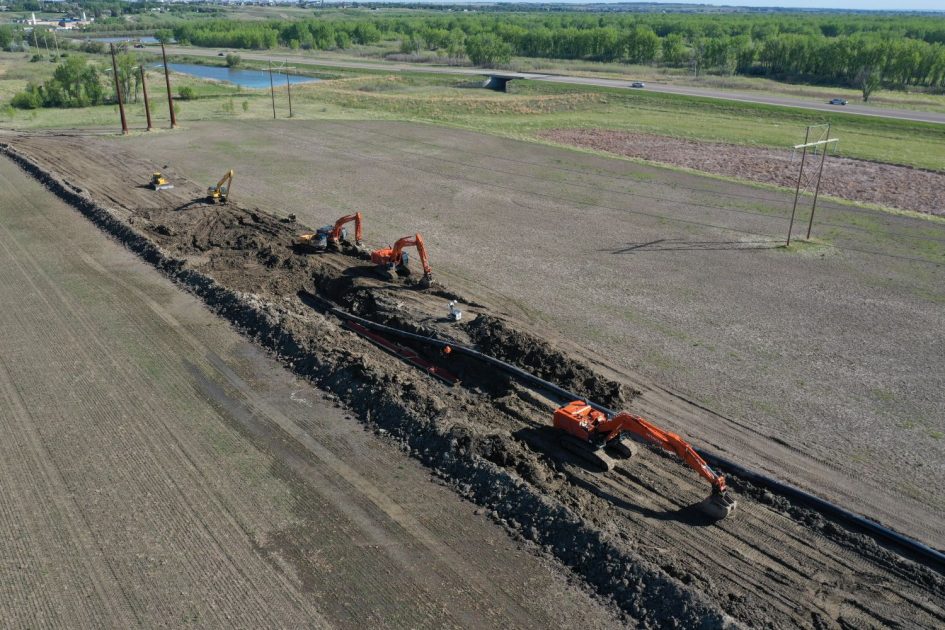In the heart of McKenzie County, North Dakota, the McKenzie County Water Resource District (MCWRD) has long been committed to delivering reliable, high-quality water to its residents. The original infrastructure, now known as System 1, was constructed to serve a five-to-10-mile area outside the city limits of Watford City. However, as the demand for water grew, particularly in eastern McKenzie County, MCWRD responded with the development of System 2.
A Vision for Growth: The Origins of System 2
Designed in 2009, System 2 spanned 183 miles of pipeline, two pump stations, a one-million-gallon water reservoir, and serviced 128 users when initially built. The $8.5 million investment came at a pivotal time when northwest North Dakota was entering an energy boom. The rapid industrial activity and economic growth placed unprecedented demands on the region’s water infrastructure.
Recognizing the urgency, MCWRD joined forces with four other entities to create the Western Area Water Supply Authority (WAWSA). This collaboration aimed to utilize Missouri River water to meet the region’s municipal, rural, and industrial water needs. Today, the system serves over 70,000 users across five counties: Burke, Divide, Mountrail, McKenzie, and Williams.
Fourteen years after its initial construction, System 2 continues to grow, adding 105 additional users by building to the original system’s infrastructure. The McKenzie County Commission approved funding the local share of the project with a $5.461 million allocation. In June, the State of North Dakota Department of Water Resources approved $14.346 million in cost share to complete the project. The State’s investment is crucial to keeping costs manageable for MCWRD users, as well as ensuring a sustainable future for McKenzie Count by fostering growth and resilience in the region.
The approval of the State and local cost-share has allowed the project to move forward in a timely manner. “The System is currently in the final design stage of a 125-user expansion. The project was awarded to Eatherly Constructors in June, and construction is planned to begin in mid-August,” says Weston McGruder, AE2S Assistant Operations Manager.
Challenges and Benefits of Expansion
Expanding rural water systems involves balancing capacity with affordability. Systems are typically designed for current needs, with limited additional capacity to keep costs manageable for users. Rapid growth, however, necessitates expansions that bring unique challenges.
The project faces several obstacles including rising costs. Post-COVID economic factors, coupled with the premium prices for materials and labor in the Bakken oil region, have significantly increased construction expenses. The current expansion costs approximately 2.5 times more than the original buildout. Navigating oil and gas pipelines in the region, securing easements, and integrating with existing systems require meticulous planning and collaboration.
Despite the challenges, the MCWRD expansion offers transformative benefits for the region. Many residents currently rely on well water, which is often unsuitable for drinking, cooking, and household use. Access to clean, reliable water will improve health, reduce appliance wear, and enhance everyday living standards. In addition, reliable water is essential for the agricultural sector. The expansion will enable farmers and ranchers to grow their operations, support livestock health, and boost productivity. Bulk water service to members of the McKenzie County Grazing Association will further aid ranchers reliant on wells, intermittent creeks, and mother nature for adequate water quantity and quality.

